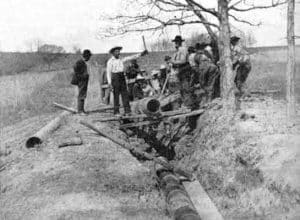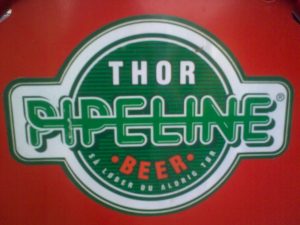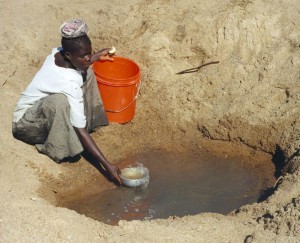 While many New Year’s resolutions include renewing that old gym membership or cleaning out the garage, a great way to start the new year off right is to focus on conserving water. With severe drought across the country, including New England, water is becoming ever more valuable and people are looking for ways to get the most out of every drop. One of the easiest steps we can take to help mitigate the impacts of drought is conserving water. Unlike most New Year’s resolutions, making a few simple changes to save water is an easy resolution to stick to and it makes a significant difference in the world. Let’s look at a few simple ways you and your community can conserve water.
While many New Year’s resolutions include renewing that old gym membership or cleaning out the garage, a great way to start the new year off right is to focus on conserving water. With severe drought across the country, including New England, water is becoming ever more valuable and people are looking for ways to get the most out of every drop. One of the easiest steps we can take to help mitigate the impacts of drought is conserving water. Unlike most New Year’s resolutions, making a few simple changes to save water is an easy resolution to stick to and it makes a significant difference in the world. Let’s look at a few simple ways you and your community can conserve water.
Ditch Those Old Appliances
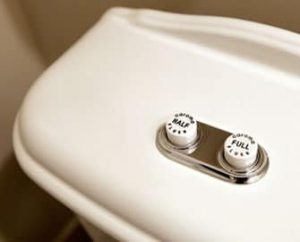
The average person in the United States uses about 80-100 gallons of water each day. Of that amount, almost all of it comes from appliances such as washing machines, dishwashers, toilets, and faucets. Toilets alone account for approximately 27% of the water consumed in your home and many older toilets use up to seven gallons of water per flush. Installing a high-efficiency toilet that uses less than 2 gallons per flush can save up to 18,000 gallons of water a year – about $120 off your water bill annually. And if you really want to go green, and are brave to boot – consider one of these alternative toilets!
Washing machines offer another opportunity to save water year-round. Washing machines, on average, account for around 20% of a household’s water use, and switching to a high-efficiency washing machine can cut that water consumption in half. If one in ten American households were to install high-efficiency appliances, we would save 74 billion gallons of water per year as a nation. That’s an annual savings of about $1.5 billion dollars on utility bills. These appliances may have a higher upfront cost, but when you save 30-75 percent of your water bill each month, these investments quickly pay for themselves.
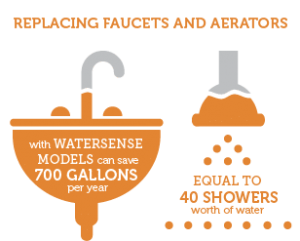
For a more affordable option, updating fixtures such as showerheads and faucets around the house can significantly reduce the amount of water you use. Conventional showerheads use as much as 10 gallons of water per minute. Modern showerheads use just 2-3 gallons per minute, which saves water and minimizes the stress on your water heater. Also, installing faucet aerators can help regulate water pressure to create varying flow rates to use less water depending on the task at hand, saving thousands of gallons annually. Updating your appliances and faucets is the most cost effective solution when it comes to saving water. Combined with simple lifestyle changes, these innovative technologies enable us to save significant amounts of water.
Small Leaks, Big Problems
Although it may look insignificant, a lightly dripping faucet can waste over 20 gallons of water per day. Toilet leaks are another major problem that often go undetected. To check if a toilet might be leaking, place a “toilet dye” tablet in the toilet tank and closely monitor the toilet bowl. If, without flushing, the water in the bowl changes color within half an hour, the toilet has a leak that needs to be repaired. Another way to determine if there is a water leak in your home is to read your house water meter before and after an extended period when no water is being used, like when the family is away on vacation. If the meter does not stay the same, then you have a leak somewhere in your home.
Manage the Meat
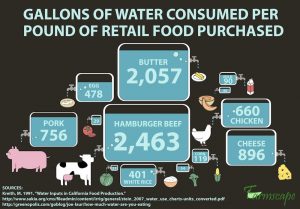
Our favorite steak or burger may taste great, but it takes a lot of water to reach the dinner plate. A pound of beef requires almost 2,500 gallons of water to produce. By avoiding beef for just one day a week, we can save thousands of gallons of water each year. In fact, we would save more water by not eating one pound of beef than we would by not showering for six months. We can save even more by cutting out other foods that require a lot of water to produce such as almonds (1,929 gal/lb.), chocolate (2,061 gal/lb.), pork (1630 gal/lb.), and butter (2,044 gal/lb.). When we do eat beef or other water intensive foods, we should choose pasture raised because grass is less likely to require irrigation compared to corn or soy used in the conventional method of raising livestock. Even cutting out that one extra cup of coffee each day can save hundreds of gallons of water. Being conscious of what we eat is not only good for our health, but also the environment.
To Wrap It Up
When it comes to daily water usage, even the smallest action to save water is significant to combat our country’s severe drought. Paying attention to how you and your family use water in your home will help you come up with the best ways in which your family can make simple changes that can have a big impact. For your New Year’s resolution, think of one thing each day that will save water – even small ideas can add up to big savings, for both our wallet and our planet.



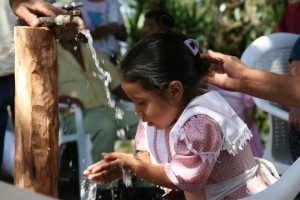
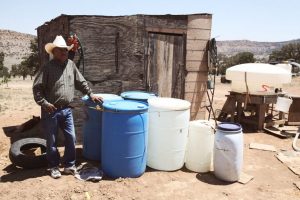
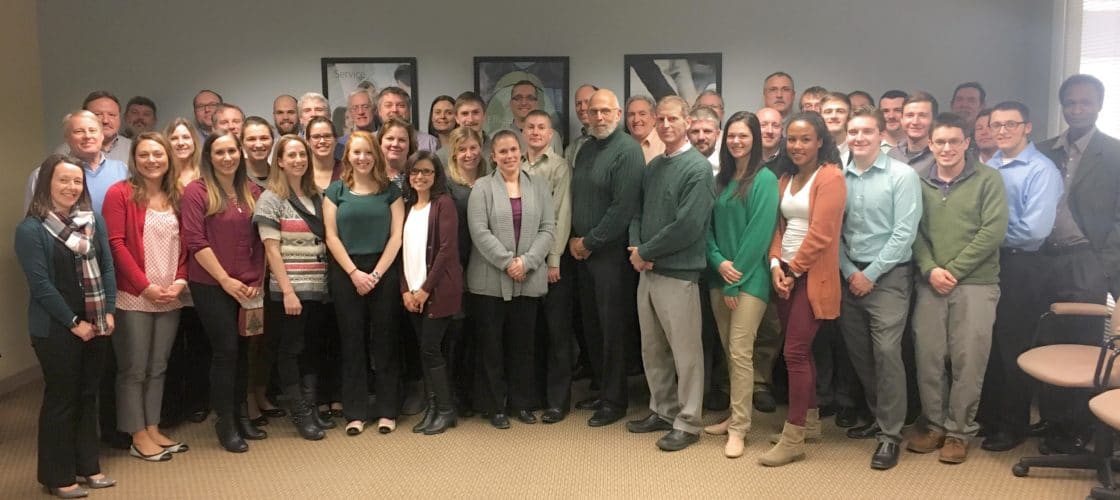
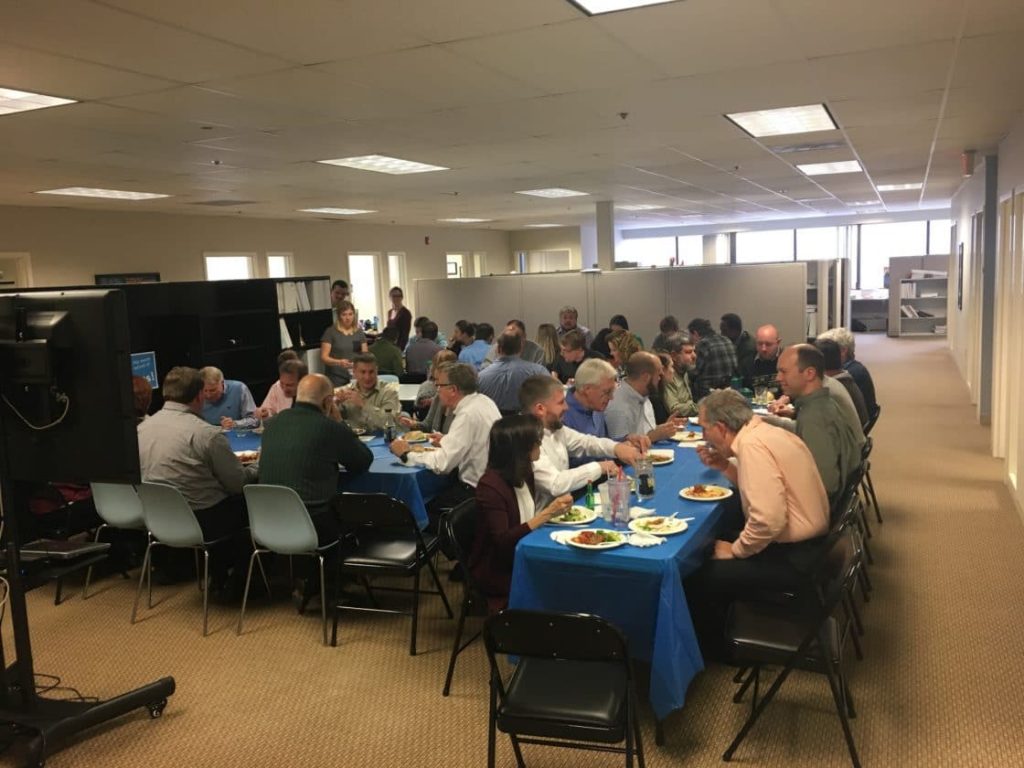
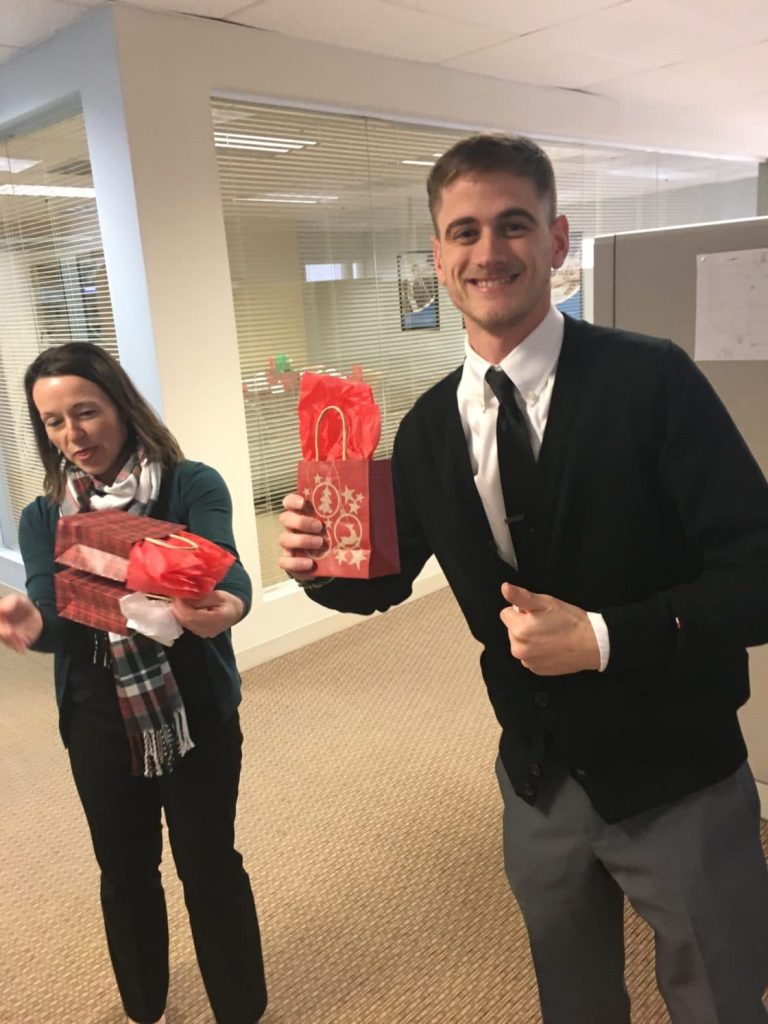
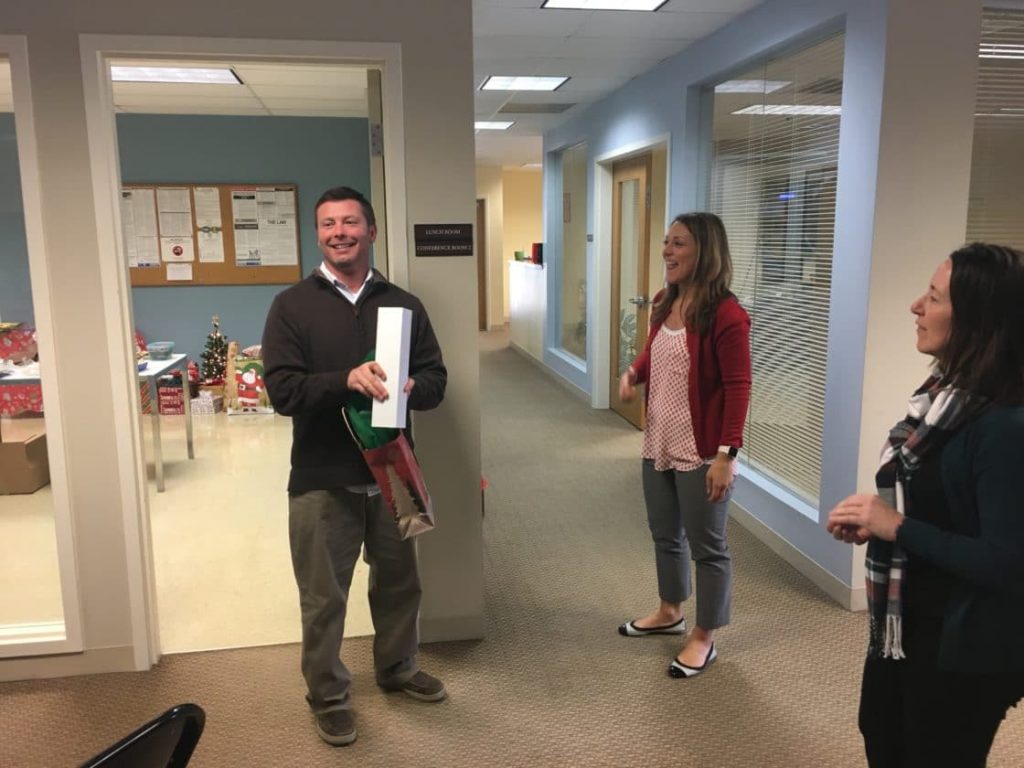
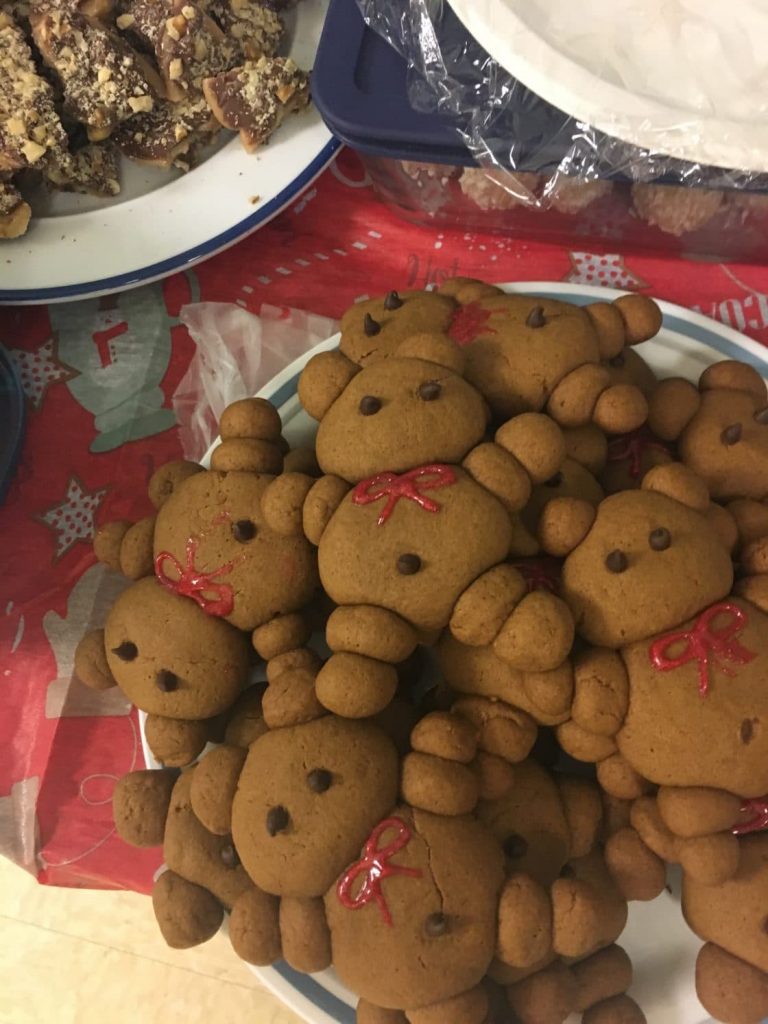
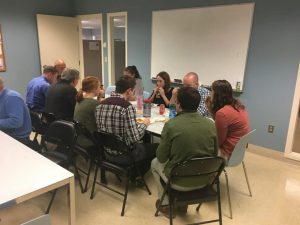
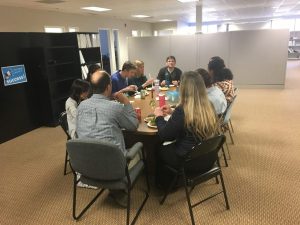
 It is widely known how important water is to our lives and the world we live in. Our body and planet is comprised of about 70% water – making it seem like it is easily accessible and plentiful. However, when you rule out our oceans and ice caps, less than 1% of all the water on Earth is drinkable. Of that less than 1%, groundwater only accounts for 0.28% of fresh water around the globe. Safe drinking water is a privilege we often take for granted while we brush our teeth or drink a glass of water in the morning. While we are giving thanks to our family, friends, and food during Thanksgiving, we should also give big thanks for our clean drinking water and the people who make it happen.
It is widely known how important water is to our lives and the world we live in. Our body and planet is comprised of about 70% water – making it seem like it is easily accessible and plentiful. However, when you rule out our oceans and ice caps, less than 1% of all the water on Earth is drinkable. Of that less than 1%, groundwater only accounts for 0.28% of fresh water around the globe. Safe drinking water is a privilege we often take for granted while we brush our teeth or drink a glass of water in the morning. While we are giving thanks to our family, friends, and food during Thanksgiving, we should also give big thanks for our clean drinking water and the people who make it happen.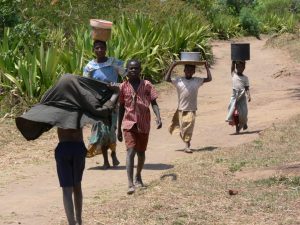
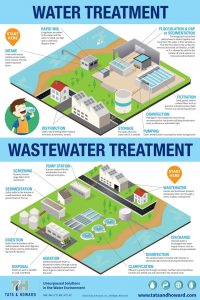
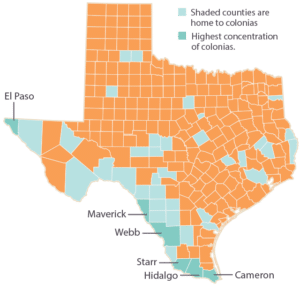 Recently in the news, we have heard a lot about the nationwide
Recently in the news, we have heard a lot about the nationwide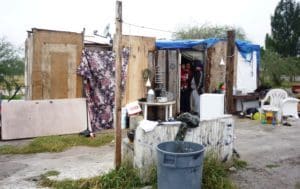
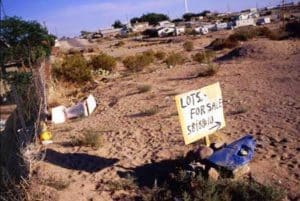 Fortunately, Texas passed the Colonias Fair Land Sales Act in 1995 to somewhat protect colonia residents who are forced to finance through a contract for deed. The Act requires developers to record the contract with the county clerk and to provide property owners with an annual statement that shows the amount paid towards the loan and taxes as well as the number of remaining payments. The Act also forces developers to itemize which services, such as water, wastewater, and electricity, are available, and whether the land is located in a flood plain.
Fortunately, Texas passed the Colonias Fair Land Sales Act in 1995 to somewhat protect colonia residents who are forced to finance through a contract for deed. The Act requires developers to record the contract with the county clerk and to provide property owners with an annual statement that shows the amount paid towards the loan and taxes as well as the number of remaining payments. The Act also forces developers to itemize which services, such as water, wastewater, and electricity, are available, and whether the land is located in a flood plain.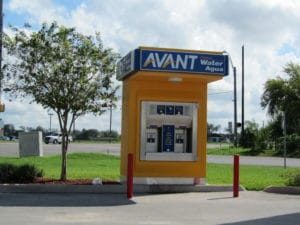
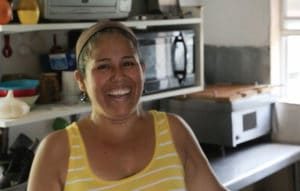
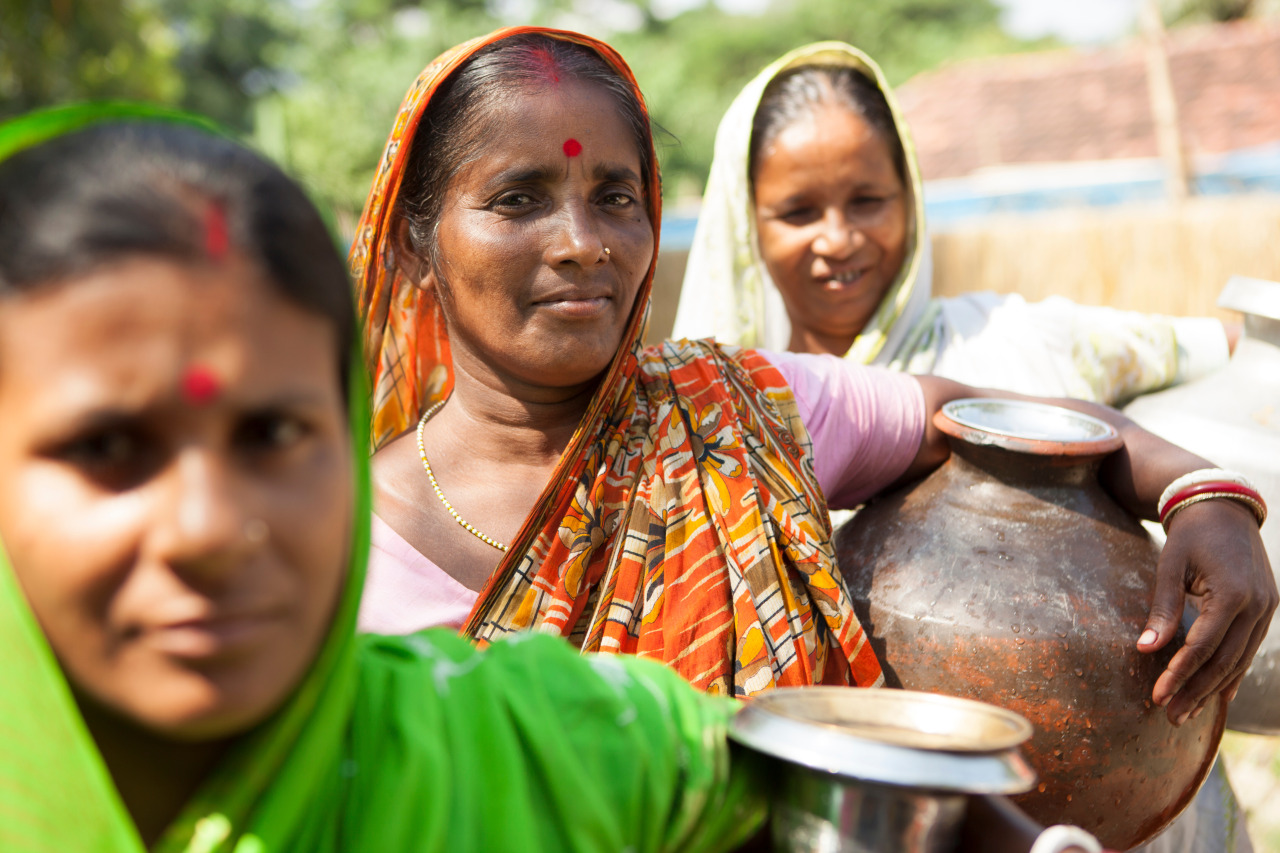
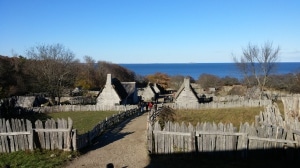 It’s Thanksgiving! It’s that time of year when we cover our table with a feast of turkey, cranberries, and potatoes and imagine that we are celebrating as the earliest settlers had nearly four hundred years ago. But more likely, the Pilgrim and Wampanoag people enjoyed a plentiful bounty of waterfowl and fish at their feast – game and seafood attracted to the area by the clean, undisturbed waters of 17th-century Massachusetts.
It’s Thanksgiving! It’s that time of year when we cover our table with a feast of turkey, cranberries, and potatoes and imagine that we are celebrating as the earliest settlers had nearly four hundred years ago. But more likely, the Pilgrim and Wampanoag people enjoyed a plentiful bounty of waterfowl and fish at their feast – game and seafood attracted to the area by the clean, undisturbed waters of 17th-century Massachusetts.